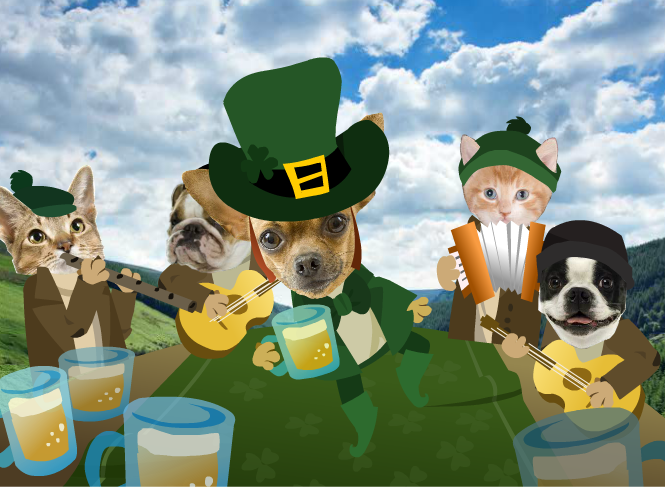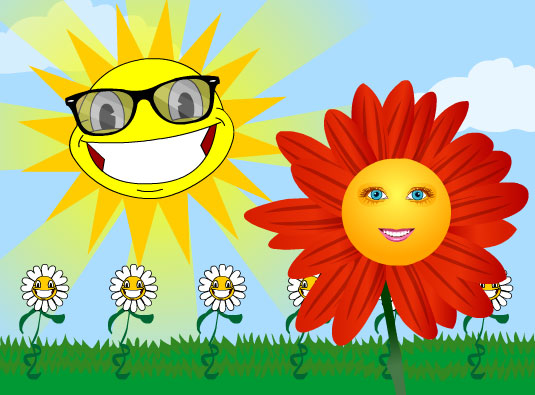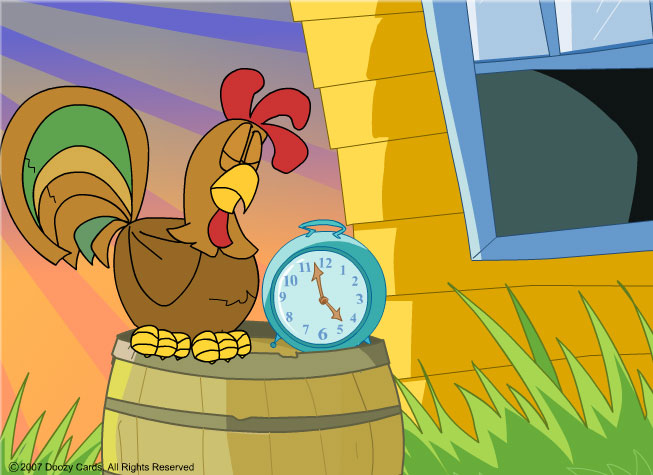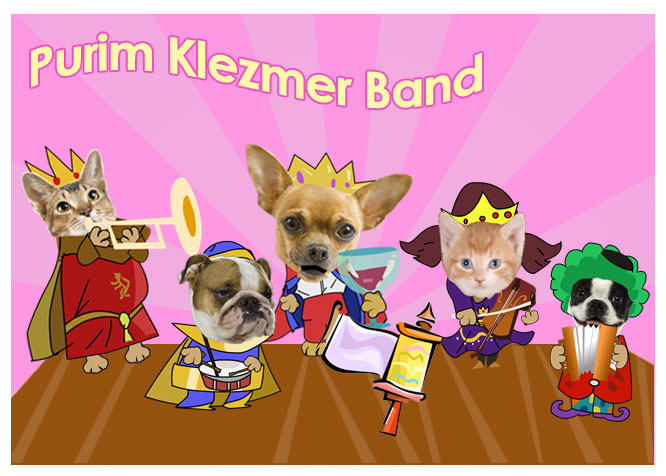Sure they look cheery and upbeat, with their cute little pipe and smart beard…but what the heck are they? Small humans? Fairies? Aliens perhaps?
Actually a leprechaun is a real live fairy and a generally solitary one who enjoys mischief. He’s been referred to as a “degenerate fairy” (who isn’t?) and “not wholly good nor wholly evil.”
What does a leprechaun do for a living?
Makes and repairs shoes. They’re very good cobblers.
Where do leprechauns stash their earnings?
In a hidden pot at the bottom of a rainbow.
What does a leprechaun do in his spare time?
Mess with people.
What does a leprechaun look like?
According to folklorist David Russell McAnnaly:
“He is about three feet high and is dressed in a little red jacket or roundabout, with red breeches buckled at the knee, gray or black stockings, and a hat, cocked in the style of a century ago, over a little, old, withered face.
What do you do if you corner a leprechaun?
Hold his gaze to keep him from disappearing. If you look away for even a second, he’s gone!
Best time to catch a leprechaun?
Between dawn and dusk, of course.
We have real live leprechauns here at Doozy. But you’ll have to catch them. Look through our collection of St. Patrick’s Day ecards and you may stumble across one…if you’re quick enough.







